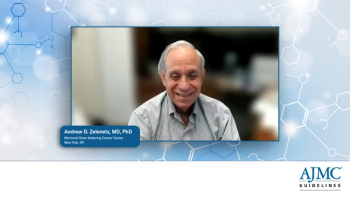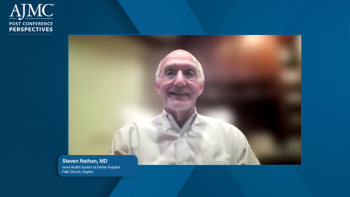
Proxy Endpoints to Understand Outcomes and Guide Treatment in PAH
Derek van Amerongen, MD, MS: There’s always a challenge for P&T Committee at a health plan when we’re trying to understand the surrogate endpoints of a clinical trial and bring those back into what I would call the real-world context. Now I think we’re always fully appreciative that when you’re talking about a rare condition like PAH, first of all the number of individuals who are available for clinical trials was very small. This isn’t diabetes where there are literally tens of or even hundreds of thousands of people who potentially could be enrolled in those trials to create a very large denominator and a large end.
Certainly that creates tremendous challenges for the researchers, which we acknowledge. It does mean that we frequently are looking at endpoints at the P&T evaluation that have to be proxies that are not really directly connected with the patient-centric outcomes, that I think clinicians, but also patients and their families, want to understand in order to be able to evaluate one treatment versus another. At the end of the day we have to do the best we can with the information we have. We read those pivotal trials from the literature, the peer-reviewed literature, very carefully to understand what those surrogate endpoints mean and how they ultimately relate to how that drug or that treatment will perform in a clinical setting.
When we’re looking at outcomes from the pivotal trials, for any condition, certainly for PAH, this would be the situation as well. We obviously want to understand what this means in terms of the clinical benefit for the individual, for the member, for the patient. One thing that as a health plan we’re always interested in understanding is, are there offsets? If someone goes down a certain treatment path will that then avoid other services or resources that the member might need? For example, if we treat someone because we’ve identified them early with PAH and we can treat them with a certain treatment, does that mean we will decrease the likelihood of that individual needing a hospitalization, or ER visits, or other kind of medical resource use? Again, not primarily as a cost issue but as a reflection of the fact that the individual is getting better treatment earlier and avoiding the need for an intensive service such as an inpatient hospitalization.
Newsletter
Stay ahead of policy, cost, and value—subscribe to AJMC for expert insights at the intersection of clinical care and health economics.












































